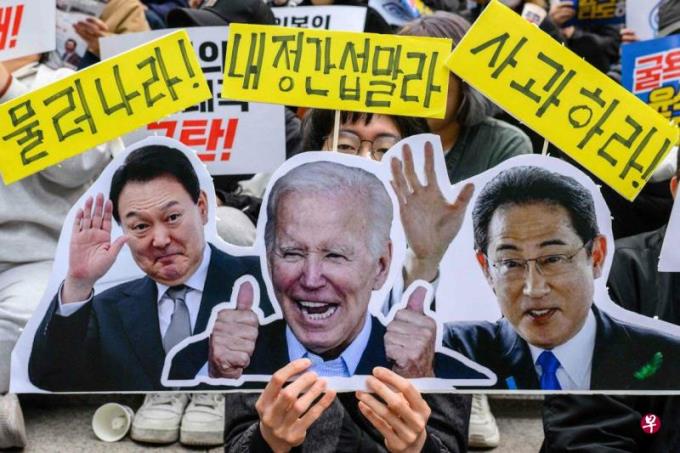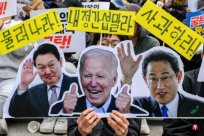
Following South Korea April Japan re-incorporate Japan to simplify export procedures for benefits.After the "whitelist" of priority trade partners, the Japanese government also decided to pull South Korea back to the "whitelist" on Tuesday (June 27).
Public opinion believes that the four -year -old Korean -Japanese export control contradictions come to an end. The economic relations between the two countries can be said to be completely repaired and will help them enhance their cooperation with the United States.
The Japanese government finalized part of the decree to modify the export trade management order at the cabinet meeting on Tuesday, and re -included South Korea into the export whites.
Nishimura Kangyu, Minister of Economic and Industry, revealed that the decree will be promulgated on June 30 and will be officially effective on July 21.
Four years of the South Korean -Japan Trade War ended due to the compensation of the victims of the World War II
In this regard, the Ministry of Industry of the South Korean Industry Communications Resources said: "The suspension of the export control of South Korea and Japan has been completely resolved after four years, and it is expected to help the two countries."
In October 2018, the Supreme Court of South Korea ordered that the victims of Korean workers who were forced to be levied during World War II in the case of compensation during World War II involved in the case caused strong dissatisfaction in Japan.The three key semiconductor materials of amine and optical resistance. In August of the same year, South Korea was kicked out to simplify the "whitelist" of export procedures preferred.
In September of the same year, the South Korean government sued the World Trade Organization (WTO) to export restrictions on Japan, and at the same time moved Japan out of South Korea's "whitelist" to start countermeasures.The Korean -Japan -Japan trade war kicked off.
However, after the South Korean President Yin Xiyue took office, in order to improve South Korea -Japan relations and restart the US -Japanese -Japanese alliance, he first released goodwill to Japan.On March 6, after the South Korean government finalized the issue of the third -party claims of Korean labor claims during the Second World War, the two countries had accelerated the discussion on the resolution of exports.Before the Korean -Japan summit talks in April this year, South Korea first re -incorporated Japan into the "white list" that enjoys the export procedures simplified. In more than two months, Japan also ended legal procedures, allowing the export contradictions between the two countries to finally come to an end.
South Korea's dependence on Japanese semiconductor materials and components drops to 24.9 %
It is worth noting that when Japan adopted export control against South Korea four years ago, South Korean semiconductor companies have a high dependence on Japanese production semiconductor materials.However, South Korea has since continuously improved the domestic ratio and diversification of the supply chain. At present, South Korea's semiconductor materials, components and equipment have rely on Japan to decrease to 24.9 %.
For this reason, public opinion believes that even if the two countries have lifted trade control, the effects in front of them are limited, but the industry expects that investment and transactions in Korea and Japan will be further expanded.
Jin Jingxun, the leader of the supply chain analysis team of the International Trade Association International Trade Communication Research Institute, said: "Recently, under the condition of semiconductors and comprehensively launching the supply chain reorganization, this measure is expected to become an opportunity to strengthen the supply chain cooperation between South Korea and Japan.It also helps the increase in transactions between Korean companies and Japan. "
Experts point out that although the self -reliance of Korean semiconductor materials has greatly improved, it still has high dependence on Japan in ultra -high purity products. Therefore, raw materials, components, and equipment of equipment should continue.



